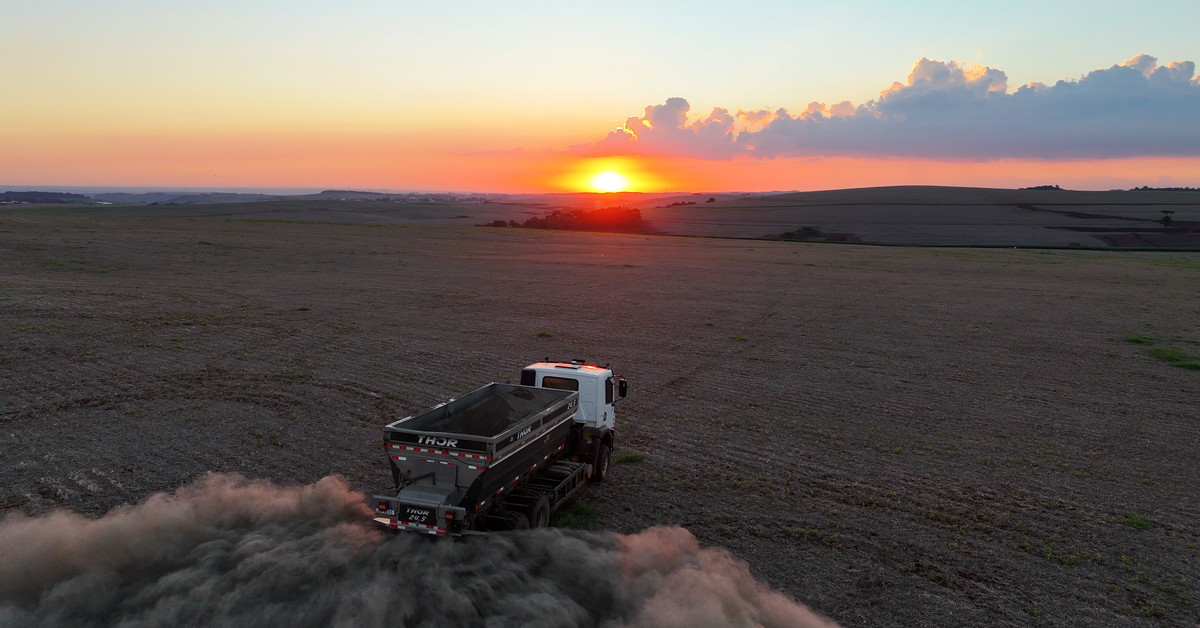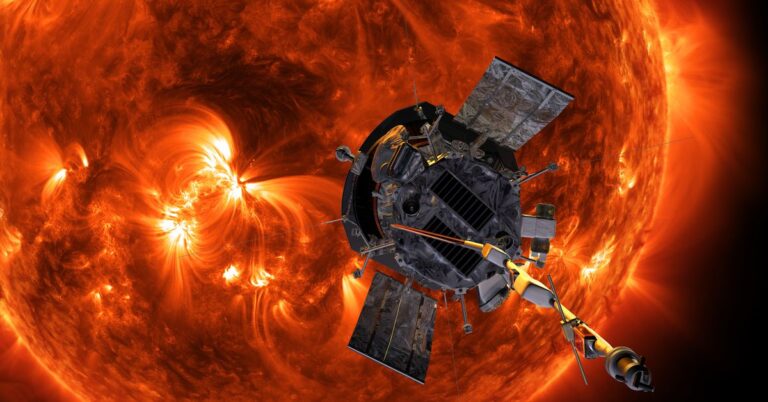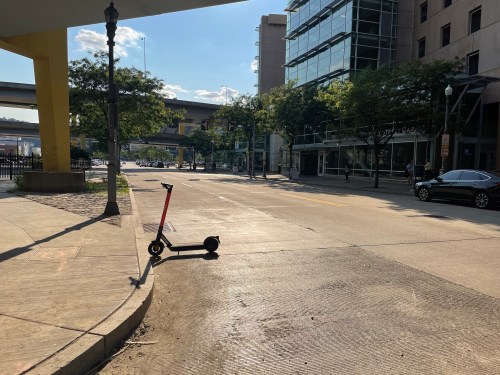In an effort to mitigate the impact of their pollution on the climate, Google and other major corporations have invested in a plan to trap carbon dioxide using rocks. This initiative involves partnering with a startup called Terradot, which has secured multimillion-dollar deals from companies like Google, H&M Group, and Salesforce.
Terradot’s Carbon Removal Strategy
Terradot’s approach is based on enhanced rock weathering (ERW), a relatively low-tech tactic that accelerates the natural process of rock breakdown. Rainwater naturally breaks down rocks, releasing calcium and magnesium ions, which trigger a chemical reaction that traps CO2 in water as bicarbonate. Groundwater carrying this bicarbonate eventually makes its way to the ocean, where it is stored and kept out of the atmosphere.
The Deals
Terradot has secured deals worth $27 million from Google, H&M Group, and Salesforce to remove 90,000 tons of carbon dioxide from the atmosphere by 2029. Additionally, Google has announced a separate deal to purchase an additional 200,000 tons of carbon removal from Terradot, although the company declined to disclose the cost.
The Significance of Enhanced Rock Weathering
Enhanced rock weathering is a promising approach to carbon dioxide removal, as it can be deployed on a large scale and has the potential to capture significant amounts of CO2. However, there are still concerns about its costs, safety, and potential impact on the environment.
The Challenges Ahead
One of the main challenges facing Terradot is measuring the effectiveness of their carbon removal strategy. While they plan to use soil samples to assess how much CO2 is captured based on rock degradation over time, it’s harder to determine how much calcium, magnesium, and bicarbonate makes its way to the ocean to permanently sequester CO2.
The Role of Terradot
Terradot was founded by James Kanoff and Sasankh Munukutla, two undergraduate students at Stanford University. The company has a 2029 deadline to deliver on the Frontier deal and is working with Brazil’s agricultural research agency (EMBRAPA) to implement its strategy on over one million hectares of land.
The Support from Google
Google’s investment in Terradot is part of its broader effort to reduce its carbon footprint. The company has recently announced plans to develop advanced nuclear reactors and new solar and wind farms to power its energy-hungry AI data centers with carbon pollution-free electricity.
The Limitations of Carbon Removal
While carbon removal technologies like ERW have the potential to slow climate change, experts emphasize that they are not a substitute for emissions reductions. At best, they can only counteract some of a company’s legacy of pollution while it makes the transition to clean energy.
Related Articles
- Google’s future data centers will be built next to solar and wind farms
- Google inks nuclear deal for next-generation reactors
- Carbon dioxide emissions from fossil fuels are already making heatwaves, droughts, wildfires, storms, and other climate disasters more dangerous.
Comments
- Comment 1: "I’m glad to see companies like Google investing in carbon removal technologies. However, I agree with the article that these efforts should not be seen as a substitute for emissions reductions."
- Comment 2: "I think it’s interesting that Terradot is working with Brazil’s agricultural research agency to implement its strategy on a large scale. This could have significant implications for global carbon removal efforts."
- Comment 3: "The article highlights the importance of measuring the effectiveness of carbon removal strategies like ERW. It’s crucial that we develop robust methods for assessing their impact and scaling them up quickly."
- Comment 4: "While I appreciate Google’s commitment to reducing its carbon footprint, I’m concerned that its investments in nuclear reactors may not be as effective or sustainable as other forms of renewable energy."

























